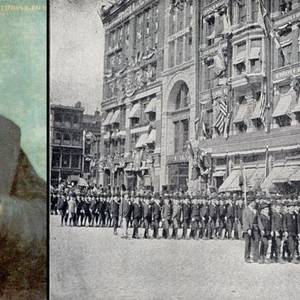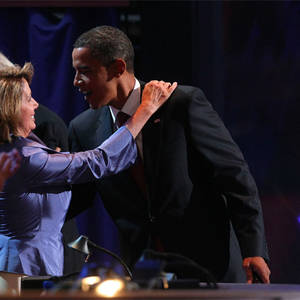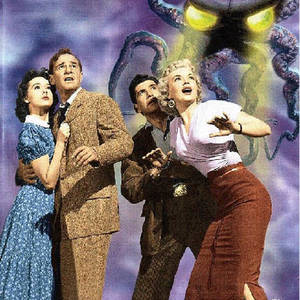For my entire life I have eaten fish on Christmas Eve, as do many Italian Americans of southern origin
You chose: italian americans
-
-
If you think the holiday pits Native Americans against Italian Americans, consider the history behind its origin
-
"The evil that men do lives after them; the good is oft interred with their bones..." Shakespeare
-
Facts & StoriesOn March 26th, the front page of The New York Times online edition presented the case of the "Our Lady Of Loreto" church in Brooklyn. Residents have long been fighting the decision of the Diocese to demolish this historical monument, built by Italian immigrants in the early 1900s, in order to build in its place low income housing. We had published a story in January 2009, suggesting that the NYT look into it more closely. Our article, written by Joey Skee, reviewed the issue giving plenty of historical and cultural detail; it also hinted that the weakness of the local residents' protest could be explained not only in ethnic-political terms (that is, as a sign of weakness of the Italian American community) but also as the consequence of low rates of church attendance by the local Catholics – the majority of whom now are Latinos, Haitian Americans, and others. Over the years, this led to the site’s increasing disuse, which "transformed it into a dead place, a spent memorial to an Italian-American past." Now that the Italian-American and African-American communities are joining forces in their protest to convert the church into a much needed neighborhood cultural center, we believe that is incumbent on all of us to gather our resources. In so doing, we have decided to re-publish our previous article together with a Facebook message from Senator Diane Savino urging everybody to join the battle.
-
Facts & StoriesIn the night of March 21, as soon as the House passed the Health Care Reform Bill, we launched a discussion among our readers on Facebook. "Whatever your opinion on the matter," we emphasized, "it shouldn't escape notice that this historic event takes place in large part thanks to the joint effort of the first African-American President and the first Italian-American Woman Speaker of the House." About hundred people participated in the first 24 hours. This is what they had to say
-
Nancy Schiesari, the director and creator of "Behind The Lines" takes us closer to the protagonists of a fascinating and dangerous series of missions in World War II that linked Italy and the United States
-
If you believe that the “Jersey Shore” show of MTV is really gangsters without guns, then you should do something about it. But since when have we become afraid of our youth? Since when has the public behavior of seven 20-something kids been something to pay attention to? This shows that kids don’t really know what it means to be Italian American outside of their family; it also shows that we probably don’t know our kids as well as we think we do. ... So don’t blame MTV; we have failed ourselves. We may think we have created Italian America, but we have yet to create Italian Americans.
-
I am not sure why mimicking the guido style is any better or worse than folks in a previous generation trying to be like James Dean or the pre-Godfather Marlon Brando. It is one generation’s rebellion against the previous generation. And it was the disobedience and unruly behavior, now “forgotten”, that helped to make Sinatra an icon for a particular generation. This rebellion is needed to move toward establishment of identity as a new group that is independent from the previous generation. It is outrageous that anyone should claim a specific topic is forbidden ground for interchange. It is in the reasoned discussions about such topics as guido culture that can help us as a community reach a consensus.
-
Why has MTV produced a youth culture reality show that showcases Guido and Italian identity? Guido offers a symbol that specifically identifies the brand; Italian ethnicity makes the brand more salient. Guido combines a commodified youth party culture with a style that has street culture roots. [...] Guido is a struggle for recognition and respect by an age fraction that privileges consumption rather than formal education, reflecting class differences in an ethnic culture that continues to evolve in metropolitan New York City and throughout the Northeast. [...] Youth may turn more to ethnicity to authenticate their cool and preserve privileged insider status as in Hip Hop. However, this is denied by a vocal anti-defamation position that reduces Guido to a category of ethnic prejudice. It is my view that this slights a vernacular Italian American culture that ironically is better defined as a challenge to generalizations and stereotypes that underpin historic ethnic slurs.
-







































